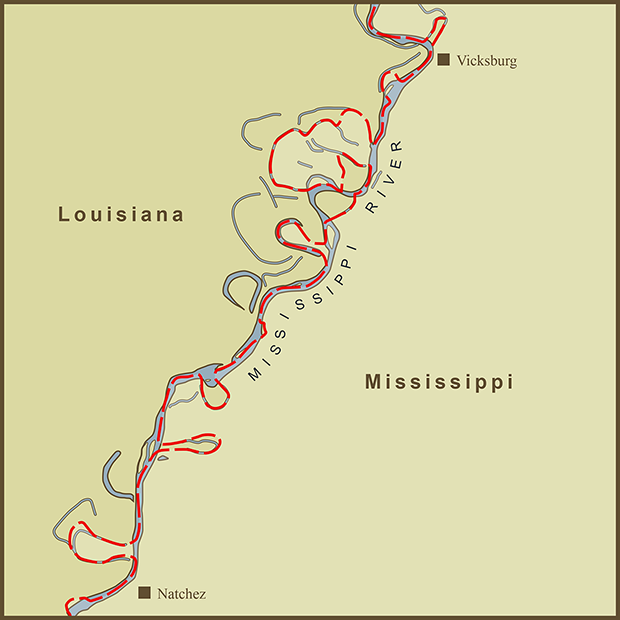Historically speaking, rivers make great borders. After oceans, few natural features are better at defining “us" and “them" than rivers. Rivers could be dangerous and hard to cross. They made great reference points for treaties. There’s just one problem with all of this. Rivers change course faster than treaties do. Such is the case with the path of the Danube as it winds its way between what is now Croatia and Serbia.
I’ve written about this issue before. The Mississippi river defines and divides multiple states as it runs it course from Minnesota to Louisiana. State borders have stayed fixed as the river has changed course dramatically. What makes this example unique is the nature of the claims to this stretch of land by Serbia, Croatia and a certain libertarian-minded man named, Vit Jedlicka.
The Danube had been the accepted border between the two regions that would be come Croatia and Serbia. As a border, it was great but as a navigable river for transport, not so much. So the river was straightened and, as a recent article in the New York Times put it, "The straightened Danube was a vast improvement for international riverine transport, but in the process, four large uncontiguous bulges of Croatia became stranded alone on the Serbian side, and one small pocket of Serbia, on what was now the far bank, became attached to the Croatian mass."
The obvious imbalance of territory is what makes the story so interesting. The four large bulges are of obvious interest to Serbia. They are now on Serbia’s side of the river. Accordingly, they have staked their claim to them. The natural response would be for Croatia to claim the formerly Serbian land on their side of the river as their own. But to do so would also legitimize what Serbia did and the result would be massive land gain for Serbia. So Croatia has taken the tactic that the historic border should remain intact. Their claim has the side effect that neither country claims the small area of land on the Coratian-side of the river. This puts the parcel in question into a situation known as "terra nulls”. Land that remains unclaimed by any state. Except now there is a new twist.
Nature and men both seem to abhor a vacuum. Upon learning about the unclaimed land, Vit Jedlicka, a Czech politician with statehood aspirations, decided to pounce. The man and his plan make for a great story that is better told by the New York Times.






